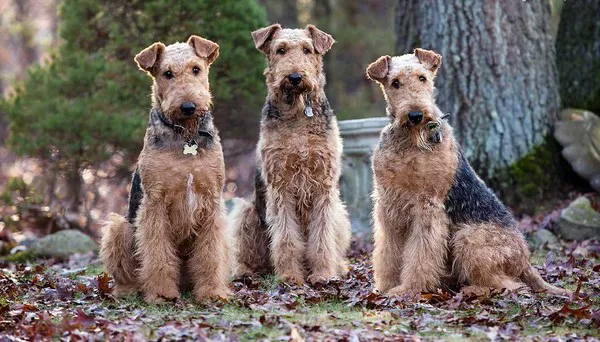Maintaining good oral hygiene is essential for our furry companions, and brushing dogs’ teeth is a crucial aspect of their overall health. Just like humans, dogs can suffer from dental issues such as plaque, tartar, and gum disease, leading to pain, bad breath, and potential systemic health problems. However, many pet owners struggle with brushing their dogs’ teeth due to resistance from their four-legged friends. In this article, we will explore easy solutions to tackle this challenge and ensure that our dogs have healthy and happy smiles.
1. Start Early: Puppies and Teeth Brushing
The best time to introduce teeth brushing to dogs is during their puppyhood. Puppies are more adaptable and tend to accept new routines easily. Start by gently touching their mouths and teeth with your fingers to get them accustomed to the sensation. Gradually, introduce a soft toothbrush designed for dogs and brush their teeth in a calm and positive environment. This early exposure will build the foundation for a lifelong oral hygiene routine.
2. Choose the Right Tools
Selecting the appropriate tools is vital for effective teeth brushing. Opt for a dog-specific toothbrush with soft bristles and a handle that allows a firm grip. Avoid using human toothpaste, as it may contain harmful ingredients like xylitol, which is toxic to dogs. Instead, invest in a dog-friendly toothpaste with appealing flavors such as poultry or peanut butter. The appealing taste will make the experience more enjoyable for your canine companion.
3. Get Your Dog Acclimated
Before diving into brushing, give your dog time to get comfortable with the toothbrush and toothpaste. Allow them to sniff and lick the toothbrush with a small amount of toothpaste on it. Positive reinforcement is crucial during this acclimation process. Offer treats and praise whenever your dog shows interest in or interacts positively with the toothbrush. This positive association will encourage them to approach teeth brushing with enthusiasm.
4. Establish a Routine
Consistency is key when it comes to brushing dogs’ teeth. Set a regular schedule for teeth brushing and stick to it. Dogs thrive on routines, and having a consistent time for oral care will make it easier for both you and your pet. Daily brushing is ideal, but if that’s not feasible, aim for at least three times a week. Creating a routine will make your dog more accepting of the process as it becomes a familiar part of their day.
5. Take Baby Steps
If your dog is not used to teeth brushing, take it slow and don’t rush the process. Initially, focus on brushing a few teeth at a time. Gradually increase the number of teeth you brush with each session. This gradual approach will allow your dog to get comfortable with the procedure and will reduce any anxiety they might have. Remember to remain patient and encouraging throughout this learning process.
6. Use Positive Reinforcement
Positive reinforcement is a powerful tool for encouraging good behavior. Whenever your dog cooperates during teeth brushing, offer verbal praise, affectionate pats, or small treats as a reward. Positive reinforcement creates a positive association with the activity, making your dog more willing to participate in future brushing sessions.
7. Turn It into a Game
For some dogs, teeth brushing can become a fun game rather than a chore. Incorporate playful elements into the process to make it enjoyable. Play with your dog before brushing to expend energy and make them more relaxed. During brushing, use a cheerful tone and engage in playful banter to keep their attention away from any potential discomfort.
8. Massage the Gums
Gum health is as crucial as dental health for dogs. Along with brushing the teeth, take a moment to massage the gums gently. Use your finger or a soft, damp cloth to rub the gums in a circular motion. This practice will stimulate blood flow to the gums and help prevent gum disease.
9. Lead by Example
Dogs are observant animals and often learn by mimicking their human companions. Let your dog see you brushing your teeth regularly, and they may become curious and interested in trying it themselves. Brush your teeth at the same time as your dog’s brushing session to reinforce the idea that it’s a shared activity.
10. Professional Dental Check-ups
Regular veterinary dental check-ups are essential to monitor your dog’s oral health. A professional cleaning and examination can identify any potential issues early on and prevent them from escalating into more significant problems. Additionally, your vet can provide guidance on brushing techniques and recommend specific dental products tailored to your dog’s needs.
Conclusion
Brushing dogs’ teeth is a simple yet vital aspect of responsible pet ownership. By starting early, choosing the right tools, and using positive reinforcement, you can turn this routine into a pleasant experience for both you and your furry friend. Remember to establish a consistent brushing schedule and seek professional dental care as needed. With patience, love, and a bit of playfulness, you can ensure that your dog maintains a healthy and happy smile throughout their life.


